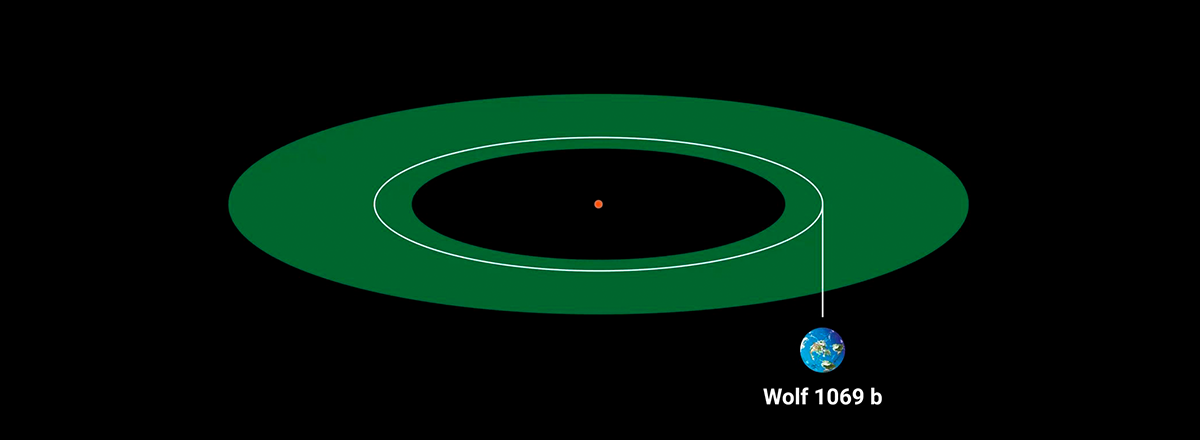Astronomers Find a New Potential Habitable Exoplanet 31 Light-Years Away
The planet, named Wolf 1069 b, is located in the habitable zone of its star, a red dwarf. A habitable zone is an area where conditions are suitable for the existence of liquid water on the surface, which means that the planet can hypothetically sustain life.

Astronomers have discovered a new exoplanet that may be potentially habitable. It is located at a distance of 31 light-years away from Earth.
The planet, named Wolf 1069 b, is located in the habitable zone of its star, a red dwarf. A habitable zone is an area where conditions are suitable for the existence of liquid water on the surface, which means that the planet can hypothetically sustain life.
The discovered celestial body is potentially a rocky world about 1.36 times the mass of Earth. It makes a revolution around its star in 15.6 days and travels at a distance equivalent to one-fifteenth of the distance between the Earth and the Sun, the scientists said.
Wolf 1069 b receives about 65% of the solar radiance that Earth receives from the Sun. The temperature on the planet's surface can range from -95 to +13 degrees Celsius.
The data indicate that the planet is tidally locked to its parent star, with one side always being in daylight and the opposite side always being in darkness.
Wolf 1069 b is now the sixth closest exoplanet suitable for life. However, scientists add that the planet must have not only water but also a stable atmosphere for life to emerge. Wolf 1069 b requires further research to see if it meets all the necessary conditions to be habitable.

